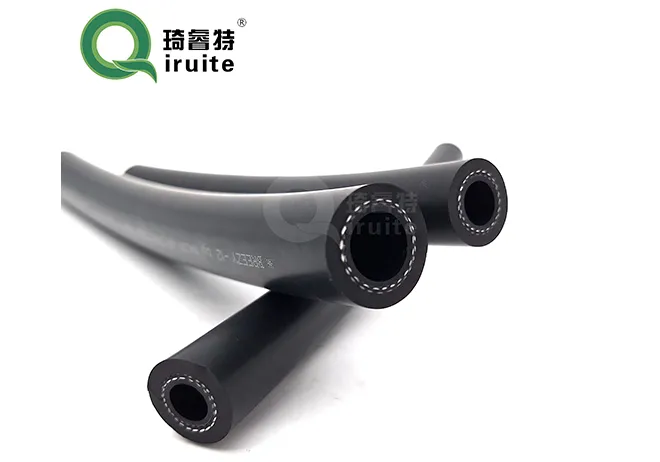sae j1401 brake hose specifications
Understanding SAE J1401 Brake Hose Specifications
Brake systems are critical for vehicle safety, and the components that make up these systems must adhere to stringent specifications to ensure reliability and performance. One such set of specifications is the SAE J1401 standard, which is essential for brake hoses used in automotive applications. This article delves into the SAE J1401 specifications, its significance, and its implications for vehicle safety.
What is SAE J1401?
SAE J1401 is a standard developed by the Society of Automotive Engineers (SAE) that outlines the performance, construction, and testing requirements for automotive brake hoses. This standard provides guidelines for the design and manufacturing of brake hoses, ensuring that they can withstand the rigorous conditions encountered in automotive applications, such as high pressure, extreme temperatures, and exposure to various automotive fluids.
Key Specifications
1. Construction Requirements SAE J1401 stipulates certain construction parameters for brake hoses. The hoses must be composed of a suitable inner tube material that can resist the effects of hydraulic fluids (like brake fluid), typically made from synthetic rubber. The reinforcement layer is crucial for enhancing the hose's strength and pressure resistance. This layer often comprises woven textiles or braided steel wire, which aids in preventing burst under high pressure.
2. Pressure Ratings One of the most critical aspects of the SAE J1401 standard is the establishment of pressure ratings. Brake hoses must be capable of withstanding high pressures typically found in braking systems, which can exceed 2000 psi (pounds per square inch). The standard specifies different performance categories based on the intended use of the hose, ranging from low-pressure applications to those that require higher durability and pressure resistance.
3. Temperature Tolerance The brake hoses outlined in SAE J1401 must operate effectively within a specified temperature range. Generally, these hoses should maintain performance in environments ranging from -40°F to 300°F (-40°C to 149°C). This temperature resilience is crucial since braking systems can generate significant heat during operation.
sae j1401 brake hose specifications

4. Tests for Durability The SAE J1401 specification emphasizes the importance of rigorous testing to assess the durability and performance of brake hoses. Various tests are mandated, such as flexibility tests at low temperatures, pressure impulse tests, and aging tests under elevated temperatures. These tests are designed to ensure that the hoses can maintain their structural integrity and performance over time.
5. Compatibility with Fluids Brake hoses must be compatible with the typical hydraulic fluids used in brake systems. SAE J1401 requires that hoses undergo fluid immersion tests, where they are submerged in brake fluids for specific periods to assess material compatibility and resistance to degradation.
Importance of SAE J1401 in Vehicle Safety
Adhering to SAE J1401 specifications is crucial for ensuring vehicle safety. Brake hoses are a vital link in the braking system, and any failure in this component can lead to catastrophic outcomes. By following these specifications, manufacturers can create hoses that not only meet regulatory requirements but also provide reliable performance. This adherence helps minimize the risks associated with brake system failures, thereby protecting drivers, passengers, and pedestrians.
Moreover, understanding and following SAE J1401 standards assist mechanics and technicians when replacing or servicing brake hoses. It ensures that they use products that meet industry standards, thereby enhancing the safety and longevity of the braking system.
Conclusion
In conclusion, the SAE J1401 specification for brake hoses is integral to automotive safety. With its detailed requirements for construction, pressure ratings, temperature tolerance, and fluid compatibility, it provides a comprehensive framework for manufacturers. By adhering to these specifications, the automotive industry can enhance the safety, reliability, and performance of brake systems, ultimately contributing to safer roadways for everyone.
-
Ultimate Spiral Protection for Hoses & CablesNewsJun.26,2025
-
The Ultimate Quick-Connect Solutions for Every NeedNewsJun.26,2025
-
SAE J1401 Brake Hose: Reliable Choice for Safe BrakingNewsJun.26,2025
-
Reliable J2064 A/C Hoses for Real-World Cooling NeedsNewsJun.26,2025
-
Heavy-Duty Sewer Jetting Hoses Built to LastNewsJun.26,2025
-
Fix Power Steering Tube Leaks Fast – Durable & Affordable SolutionNewsJun.26,2025

